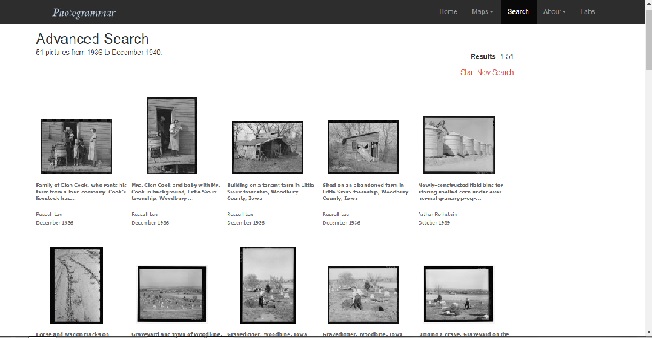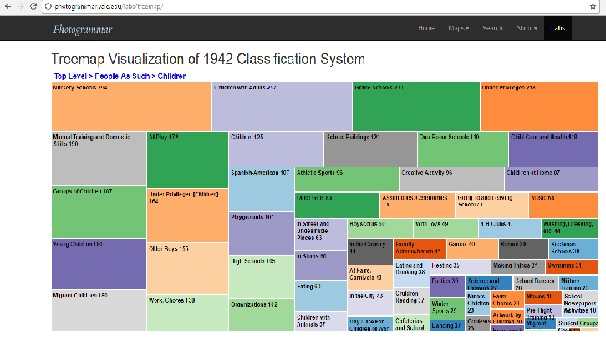Recently I have been spending a lot of my free time in Pieta house. I have been working with and learning about mental illness and though it is a bleak topic to base a project on, I have an abundance of interest in the issue and I wanted to explore the statistics surrounding male suicides in Ireland. I wanted to incorporate the arts module I am taking as part of my DHIT studies, Economics, and focus on how economical repercussions are affecting these tragic deaths. Over the last decade, there has been an increase in the amount of suicides in Ireland with male suicides making up 83% of the total suicides in 2011 when compared with females. I wanted to examine the rates of suicides in Ireland and answer questions concerning the dramatic difference between the suicide rate of the sexes. I hope to highlight, using visualization tools, how social and economical problems are giving rise to male suicides and explore this crisis of masculinity.
I created an interactive doughnut chart conveying the percentage of suicides that were Male in Ireland dating from the year 2000 to the year 2011. I used the Central Statistics Office to gather the relevant data-sets, allowing me to see the concerning contrast between the figures. I used http://datamatic.io/ to create my doughnut chart. It is an online interactive visualization tool that offers both free and premium charts and it also boasts the ability to simply link my publications to my google drive.
https://cdn.datamatic.io/runtime/echarts/3.4.0_125/view/index.html#id=109669102777041011328/0B28Rrct1EKYAczg4c1FTWGFHSk0
Within age groups, male suicide rates were highest in the 45-64 age-group, while women’s were highest in the 25-44 age-group. A similar pattern arises, where male deaths from suicide account for more than a third of the overall total of suicides. In 2011, there were 554 deaths from suicide in Ireland, 59 more than in 2010 and 2 more than in 2009. The previous highest number of deaths from self-harm was in 2001 when there were 519 deaths. During the period of time from 2000 to 2011, rates were generally between 4 to 5 times higher for men than for women. Their is a sharp increase in the number of male deaths from the years 2008-2009 where numbers soared from 386 to 443 and continued to climb steadily in 2010 and 2011. I referred back to the Central Statistics Office and found a data set representing unemployment rates in men from the years 2003 to 2014 and found they more than doubled from 2008-2009. I used http://datamatic.io/ to create two interactive line charts to illustrate and compare the time frames of both data-sets.
https://cdn.datamatic.io/runtime/echarts/3.4.0_125/view/index.html#id=109669102777041011328/0B28Rrct1EKYAWFJST1hiQTJqVlk
https://cdn.datamatic.io/runtime/echarts/3.4.0_125/view/index.html#id=109669102777041011328/0B28Rrct1EKYAQWd5allKSVk1b1U
There is a large increase in both data-sets during this period, indicating a direct correlation between the two.
So why is suicide a particularly male problem in Ireland? What has changed in the last decade that male suicides are rising? As we have illustrated above, unemployment rates.
The ability to work and to provide for your family is central to the idea of ‘being a man’, particularly for working class men. Suicidal behavior often stems from a means of regaining control and when the economic crisis hit Ireland hard in 2008 and unemployment rates soared, men’s control and therefore masculinity was threatened. As we have seen, the unemployment rate for men was relatively stable over the period 2003 to 2007 staying at around 5%, before increasing in 2008 to 6.7% and ascending sharply to 15.3% in 2009. The economic crisis and stress of losing your job could be a factor in the sudden rising number of male deaths by suicide in 2009. The recession saw a lot of predominantly male types of employment, such as manufacturing and construction suffer from serious decline. Therefore the unemployment rates for men were higher than those for women. I read a book in UCC library (Understanding Inequalities: Stratification and Difference By: Lucinda Platt 2011) that had evidence to support that unemployment has a direct causal effect on suicide. Studies have reported a positive and statistically significant association between unemployment and suicide, higher unemployment rates tend to be associated with higher suicide rates.
Why is employment status so important to men?
The higher rate of male suicides in comparison to females is known as the “gender paradox of suicidal behavior”. Each week we have, on average, ten suicides in this nation and eight of them are men. Men are constricted by this unrealistic notion of masculinity. This masculinity, the way men are brought up to behave and the roles, attributes and behaviors that society expects of them , contributes to suicide in men. Men who are unemployed or experiencing financial difficulties may be at greater risk of suicidal behaviors, and the numbers above speak for themselves. Despite our ever evolving roles in society, working class men still consider providing for the family as most important. This loss of control throughout the economic crisis, in a society that perceives men as the ‘bread winners’ makes men vulnerable to feelings of shame and defeat.
I found another data-set on the CSO ‘Deaths by suicide by age-group and sex, 2007 – 2011’ and I found that the age brackets in male suicides with the highest numbers were 25-44 and 45-64. I used https://www.canva.com/graphs/bar-graphs/ to make five separate bar charts (from the years 2007 – 2011) to illustrate and compare this data. The bar charts speak for themselves where the numbers of men from the ages of 25-64 dying from suicide significantly remain the highest throughout each year/chart.
Why was the suicide rate among men highest for men in the age bracket of 45-64 in 2011?
Middle aged men have become the age group at highest risk, particularly those who are socio-economically disadvantaged. Throughout a man’s upbringing , being ‘manly’ is emphasized and social and emotional skills are not exercised. The highest rate of suicide in women was between 25-44 (almost 7 per 100’000). Women tend to maintain close same-sex relationships across their lives whereas men’s peer relationships drop away after the age of 30. Problems with relationships and employment during mid-life are experienced intensely, because they come at a time when the consequences of long-term decisions about work and relationships come to and the opportunities to change these areas of their life are not as limitless. One further reasoning for a high suicide rate at this age, I found in a report by the Samaritans.
“Since the 1970s, several social changes have impacted on personal lives, including rising female employment, increased partnering and de-partnering and solo-living. As a result, men in mid-life are increasingly likely to be living on their own, with little or no experience of coping emotionally or seeking help on their own, and few supportive relationships to fall back on.”
Conclusion:
With the use of multiple visualization tools I strive to portray how the rate of male suicides in Ireland is inextricably intertwined with the rate of employment/standard of living. I had to be careful choosing how to present my data and play around with different types of charts and different online data visualization tools. The loss of jobs had a direct influence on suicides in Ireland. The argument I hoped to highlight was that a vast amount of suicide’s immediate and long term causes lie in socio-economic factors. After researching the relevant data-sets I was surprised at what a large increase there was in male suicides as the levels of employment/income depleted. Governments need to tackle socio-economic deprivation and the inequalities that come with it and unemployment. The government needs to address the root causes of the vulnerabilities of men that come from lower socio-economic groups by adopting progressive social and economic policies. It is clear from the data-sets that we need to target rural Ireland where the majority of suicides are happening, where the majority of jobs are in areas such as construction and agriculture and where the lack of services is most pronounced. Their low socio-economic position makes them more vulnerable to being unable to meet the demands of the masculine worker and parent roles in the mid-life stage. Before I started this data journalism project I hadn’t realized just how severe male suicide was. I am well aware that as a whole suicide in Ireland is an extensive issue but I was unaware of just how much higher the rates of male suicides were in comparison to women’s. In Irish fashion as a nation of talkers we are strangely quiet about this epidemic. It needs to be a national conversation, free of stigma. It’s time we man up and open up.
References:
- Data Visualisaton tools:
https://www.visualizefree.com/evaluate/visfree/
https://www.canva.com/graphs/bar-graphs/
http://datamatic.io/ - Datasets:
http://www.cso.ie/en/releasesandpublications/ep/p-wamii/womenandmeninireland2013/employmentlist/employment/#d.en.65828
http://www.cso.ie/en/releasesandpublications/er/ss/suicidestatistics2011/



















